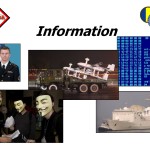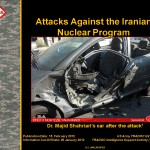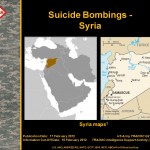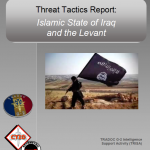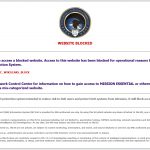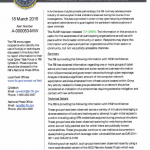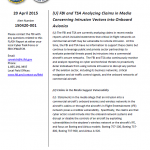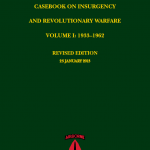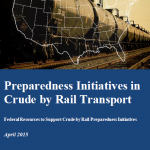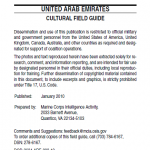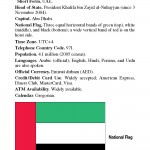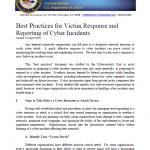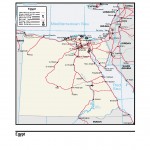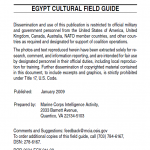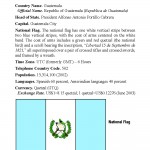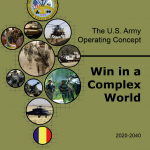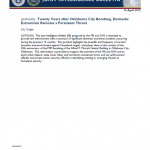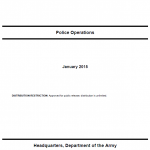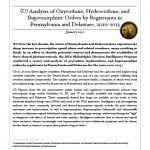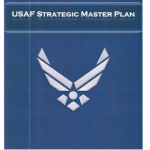
This Strategic Master Plan (SMP) translates the United States Air Force’s 30-year strategy, America’s Air Force: A Call to the Future, into comprehensive guidance, goals, and objectives. The complete SMP consists of a core narrative, goals, objectives. and four annexes: the Human Capital Annex (HCA), Strategic Posture Annex (SPA), Capabilities Annex (CA), and the Science and Technology Annex (STA). The core SMP will be updated every two years, while the annexes may be revised annually. as required. The SMP’s primary audience includes the Headquarters Air Force (HAF) staff, the Air Force Major Commands (MAJCOMs), and the Core Function Leads (CFLs) that reside within the MAJCOMs who are responsible for planning, progran1ming and budgeting. However, guidance in the SMP also serves as authoritative· direction for all Air Force programs and Flight Plans.

